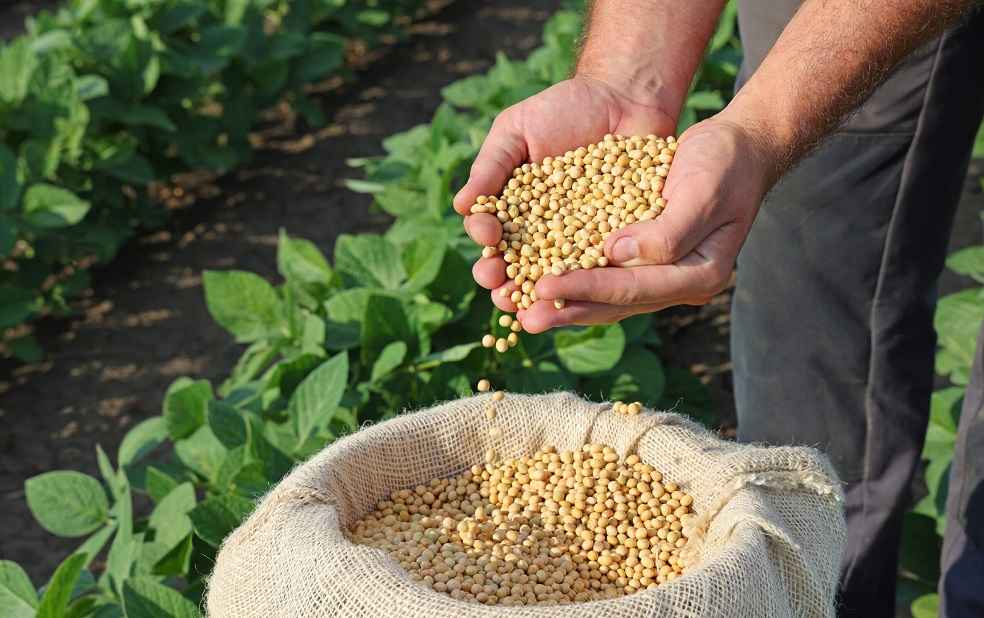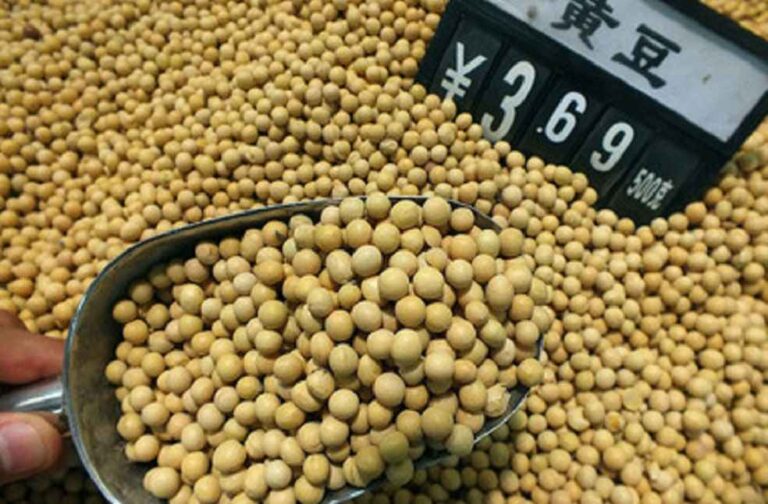China’s recent procurement of a large volume of US soybeans has been identified primarily as an addition to state reserves rather than an immediate boost to the nation’s soybean crushing industry. According to industry insiders, the transactions signal a cautious move amidst fluctuating global agricultural trends rather than an uptick in crush demand.
The strategic choice of US beans over Brazilian alternatives, which are cheaper but higher in oil content, underscores China’s preference for long-term storage stability. Additionally, the premium paid for US soybeans hints at the logistical advantage the US holds over Brazil regarding delivery efficiency.
These transactions align with the ongoing China International Import Expo in Shanghai, where agricultural delegates from the US are engaging, pointing to strengthening trade ties between the countries.

Contrasting the strong import activities are the current domestic demand figures – crush demand for upcoming shipments lags behind last year’s data. Anticipation builds around the US Department of Agriculture’s impending World Agricultural Supply and Demand Estimates report, with potential revisions to global soybean production forecasts poised to affect market dynamics.
The contrast between China’s aggressive international purchasing against the backdrop of tepid domestic demand captures the delicate equilibrium China is striking in its path to economic revitalization. Indicators such as the country’s PPI (Producer Price Index) and CPI (Consumer Price Index) mirror the persisting economic hurdles, likely to bear on commodity demand profiles, including that of soybeans.
With December soybean shipments to China witnessing a price increase, market players remain vigilant, watching how this vital commodity’s path will affect agricultural trade.

China’s move to amplify soybean reserves underscores its strategic planning rather than a commitment to expanding immediate economic engagements. As the globe’s foremost soybean importer, China’s buying patterns stand as a crucial indicator for the worldwide agricultural economy.
IMEX SECTOR | UK’s Dairy Export Blitz Targets £1 Trillion Trade Triumph by 2030



